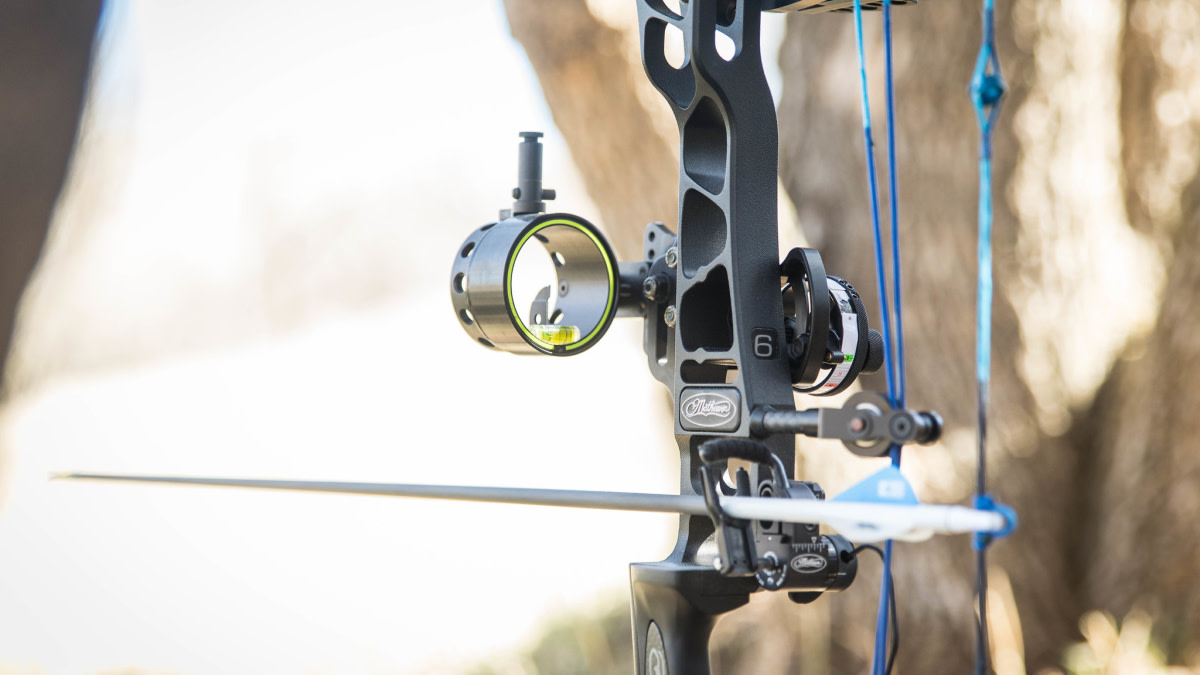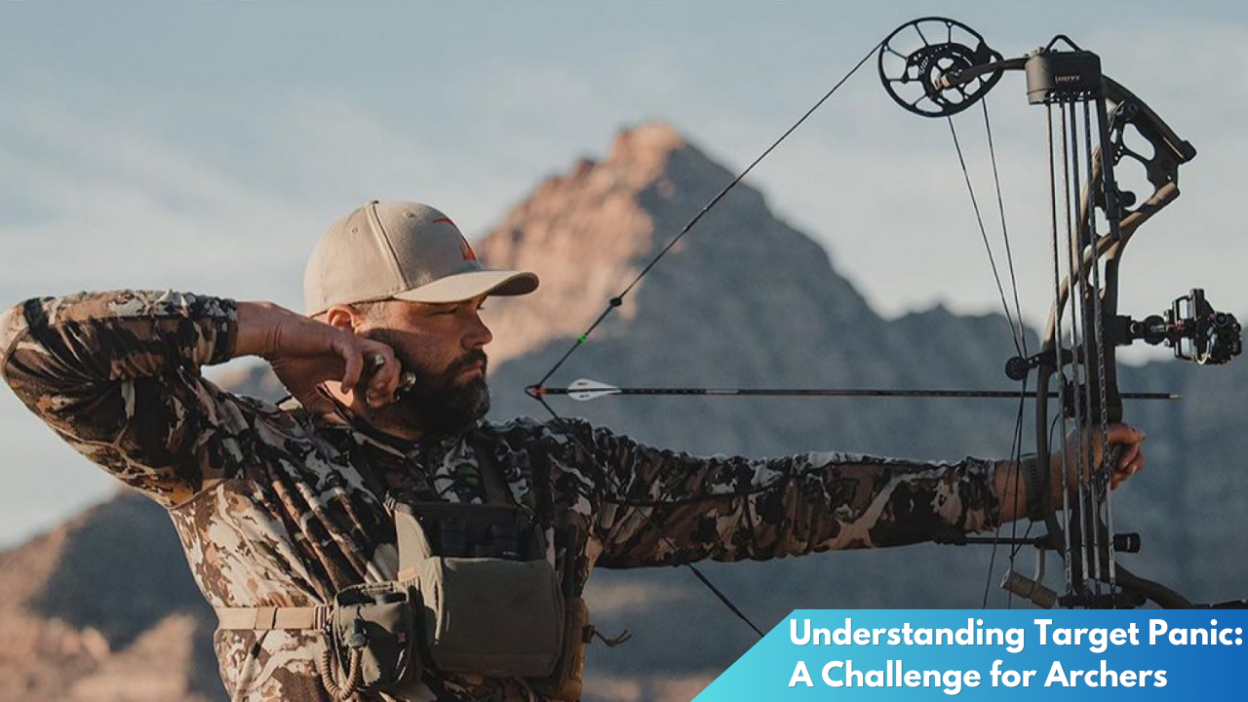Target panic is a complex and often misunderstood phenomenon that affects archers worldwide, from novices to seasoned professionals. This condition can significantly hinder an archer’s performance, causing immense frustration and leading to a decline in confidence and enjoyment of the sport. Understanding the roots, psychological impacts, and strategies to overcome target panic is essential for anyone looking to improve their archery skills and enjoy the sport to its fullest. This article delves into the intricacies of target panic, offering insights and actionable steps for archers to regain control over their performance.
Exploring the Roots of Target Panic in Archery

Target panic, a term commonly used in the world of archery, describes a range of involuntary reactions that disrupt an archer’s ability to execute a shot accurately. Historically, target panic has been linked to a variety of causes, such as anticipatory anxiety, a breakdown in the shot process, or even a fear of missing the target. While researchers and archery coaches have yet to pinpoint a single cause, evidence suggests that target panic often results from the pressure of competition and the high expectations archers place on themselves. This anxiety manifests in the form of muscle tension, premature release, or an inability to aim steadily.
At its core, target panic is believed to stem from a combination of physiological and psychological factors. Physiologically, the repetitive nature of shooting can create a conditioned response where muscle memory becomes so ingrained that it leads to automatic, often unwanted, actions. Psychologically, archers may experience performance anxiety, which heightens their stress levels and triggers target panic. The connection between the mind and body is crucial here, as the mental state of the archer can influence physical actions in a way that makes it challenging to break free from the cycle of target panic.
Understanding the roots of target panic is the first step towards finding effective solutions. For many archers, the realization that target panic is a common issue can be a relief, as it shifts the focus away from individual inadequacy to a broader, more manageable challenge. This awareness can empower archers to seek help, either through professional coaching or by adopting self-help strategies designed to address both the mental and physical components of target panic.
The Psychological Impact on Performance in Archers
The psychological impact of target panic on archers can be profound, affecting not only their performance but also their overall enjoyment and commitment to the sport. The frustration of experiencing target panic often leads to a vicious cycle; the more an archer struggles with control, the more anxiety and self-doubt they experience, which in turn exacerbates the condition. This emotional turmoil can cause archers to question their abilities, leading to diminished self-confidence and a reluctance to participate in competitive shooting.
For competitive archers, target panic can be particularly debilitating. The pressure to perform at high levels can amplify the stress and anxiety associated with hitting the target, making it difficult to maintain focus and composure during a match. This psychological burden can lead to feelings of inadequacy and disappointment, impacting the archer’s mental well-being and potentially leading to burnout. As a result, some archers may consider abandoning the sport altogether if they cannot find effective means to overcome target panic.
Moreover, the fear of judgment from peers and coaches can add an additional layer of stress for those battling target panic. Archers may experience a sense of isolation or embarrassment, as they struggle with a condition that is often misunderstood or stigmatized within the archery community. To combat these negative psychological effects, it is vital for archers to seek support and foster an environment that encourages open discussion about target panic, reducing the stigma and promoting a healthier approach to managing the condition.
Strategies and Techniques to Overcome Target Panic

Overcoming target panic requires a comprehensive approach that addresses both the mental and physical aspects of the condition. One effective strategy is to break down the shooting process into smaller, manageable steps. By focusing on each component of the shot individually, archers can reduce the overwhelming pressure they might feel during a full draw and release. This method not only helps in identifying specific problem areas within the shooting sequence but also encourages mindfulness and presence during practice sessions.
Incorporating mental training techniques can also be beneficial in combating target panic. Visualization exercises, where archers mentally rehearse successful shots, can build confidence and reduce anxiety. Additionally, employing breathing techniques to control physiological responses, such as a racing heart or tense muscles, can help archers maintain a calm and focused state during shooting. Cognitive-behavioral therapy (CBT) approaches can further assist in restructuring negative thought patterns associated with target panic, promoting a more positive mindset and improving overall performance.
Seeking guidance from experienced coaches or mental health professionals can provide archers with tailored strategies to manage target panic effectively. Coaches can offer valuable insights and exercises designed to reinforce proper technique and build resilience against stress. Mental health professionals specializing in sports psychology can help archers address the psychological barriers that contribute to target panic, offering tools and support to navigate the emotional challenges of the sport. By integrating these strategies, archers can regain control over their performance, enhancing their experience and success in archery.
Target panic is a formidable challenge for many archers, but it is not insurmountable. By understanding its roots, acknowledging its psychological impact, and employing targeted strategies, archers can overcome this condition and continue to excel in their sport. Whether through self-help techniques, professional coaching, or psychological support, the journey to conquer target panic is a testament to the resilience and determination of archers committed to their passion. As the archery community becomes more informed and supportive, the stigma surrounding target panic can be reduced, allowing athletes to share their experiences and find strength in collective solutions.


